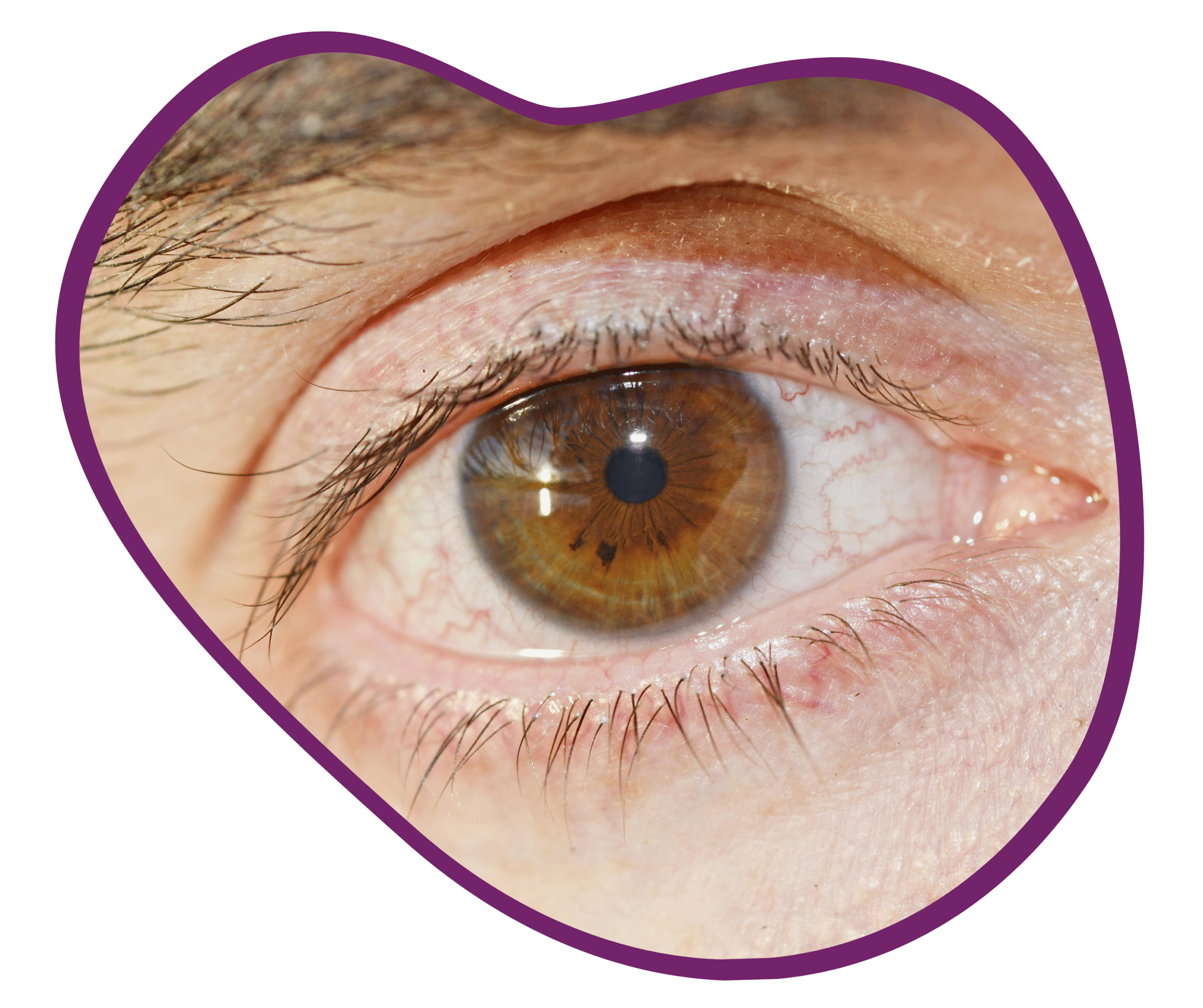
About Ocular Melanoma
What is ocular melanoma?
Ocular melanoma is a type of cancer that affects the eye. Melanoma forms in the pigment-producing cells in the body. These cells, called melanocytes, give our eyes and skin their colour.
Although this cancer shares its name with skin melanoma, there are major differences between melanomas affecting the eye and the skin.
Ocular melanomas are rare. Every year, around 750 people are diagnosed with this cancer in the UK.
Ocular melanoma does not always cause symptoms, which is why it is important to have an eye test every two years.
Members from our community have reported experiencing the following symptoms before their diagnosis, which prompted them to consult their optician or GP, and ultimately led to their diagnosis.



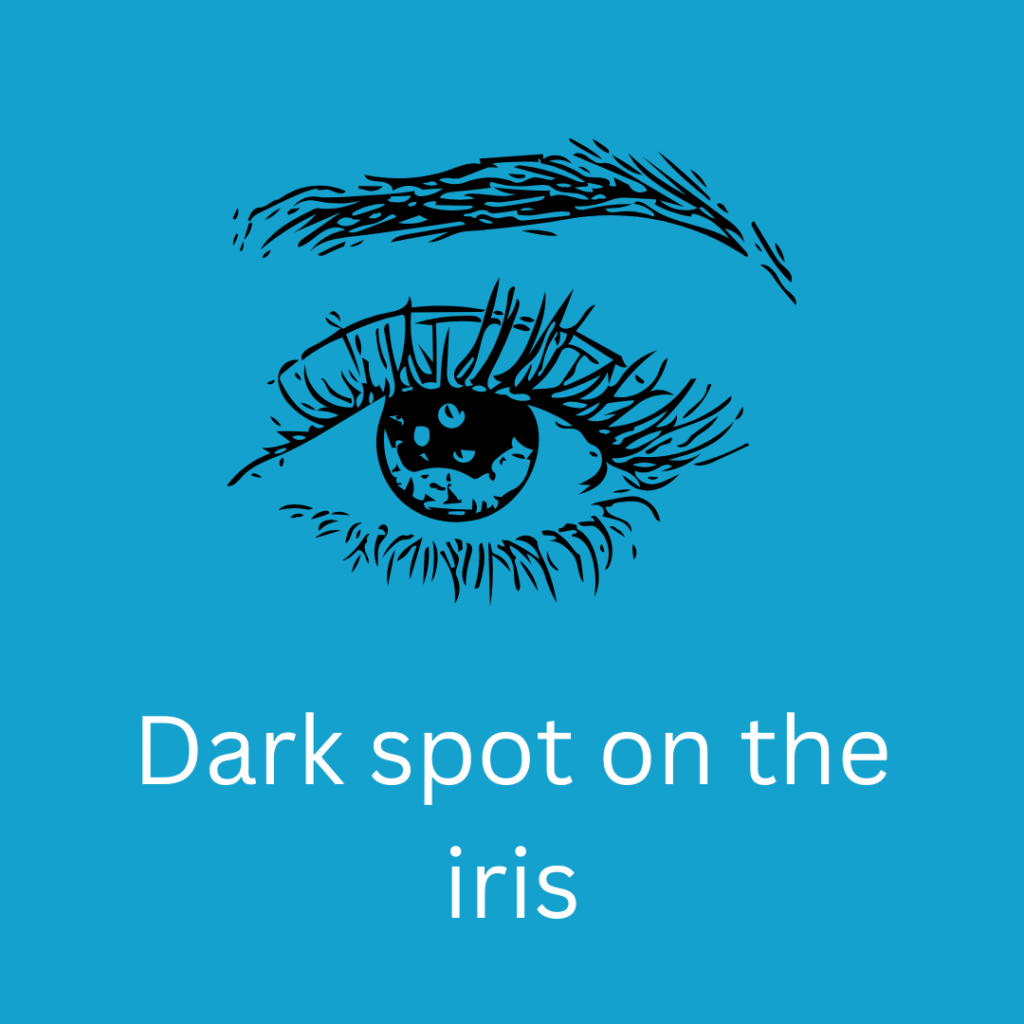
Some people have reported visible changes in the white colour of the eye. These symptoms are not definitive signs of ocular melanoma and can also occur with many more common eye conditions.
If you experience any of these symptoms, it is important to have your eyes checked by an optician or healthcare professional.
Types of Ocular Melanoma
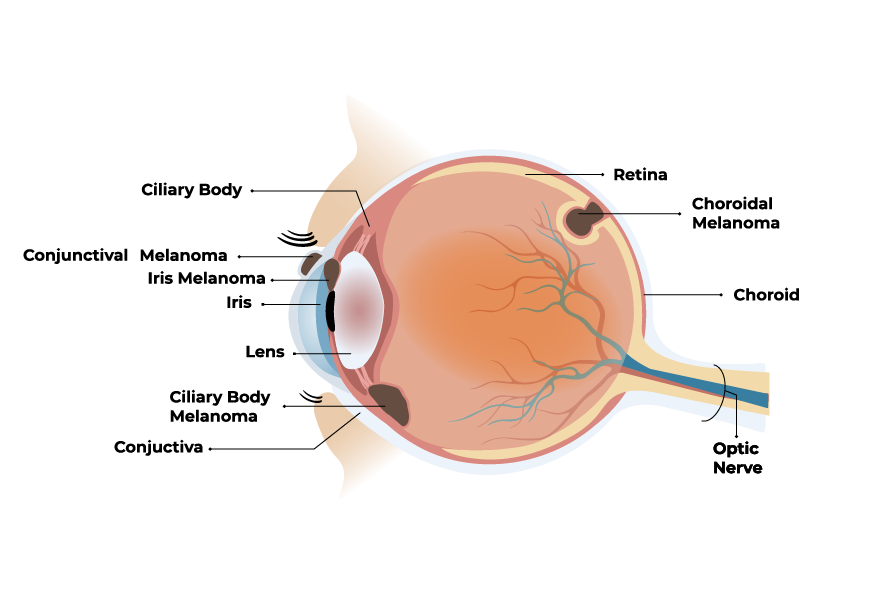
There are many different types of ocular melanomas. They are identified based on the part of the eye they start in. The eye is made of many different layers that work together to help us see things:
The outer layer
This is the part of the eye you see when you look at yourself in the mirror. This part of the eye is also called the conjunctiva.
Cancers in this part of the eye are called conjunctival melanomas.
The middle layer
The eye’s middle layer is made of the iris, ciliary body, and choroid. Cancers in this part of the eye are called uveal melanomas.
They are sometimes called iris melanomas, ciliary body melanomas, and choroidal melanomas, named after the area where the cancer develops.
Because the parts of the eye are so small and close to each other, ocular melanomas can affect two or more of the iris, ciliary body or choroid at the same time.
You might hear the term iridociliary melanomas if the iris and ciliary body are involved, or ciliochoroidal melanomas if the ciliary body and choroid are involved.
The inner layer
This layer (the retina) collects signals and sends them to the eye, enabling vision.
Depending on where the melanomas start, they behave differently and are treated in different ways.
Sometimes, ocular melanomas can grow through the surface of the eye. Treatment for this may differ. Your medical team will explain the differences, if this applies to you.
Knowing what type of eye cancer you have is important, but it can sometimes feel confusing.
This flowchart may help you better understand your cancer type – and seek information accordingly.

If you are not sure about the type of cancer you have or have any questions:
- Speak to your care team, and they will be able to help you understand more about your condition, including your eye cancer type;
- Access our pages on uveal melanomas and conjunctival melanomas to learn more about these cancers, including how they differ and how they are treated;
- Or you can call our helpline (0300 790 0512) and chat with our staff or volunteers. You could also email us at helpline@omuk.org.
Our ocular melanoma information materials
Our information materials are written with the help of people with ocular melanoma and healthcare professionals who treat this cancer.
We make every effort to make sure that our information materials are up-to-date and provide accurate information you can trust.
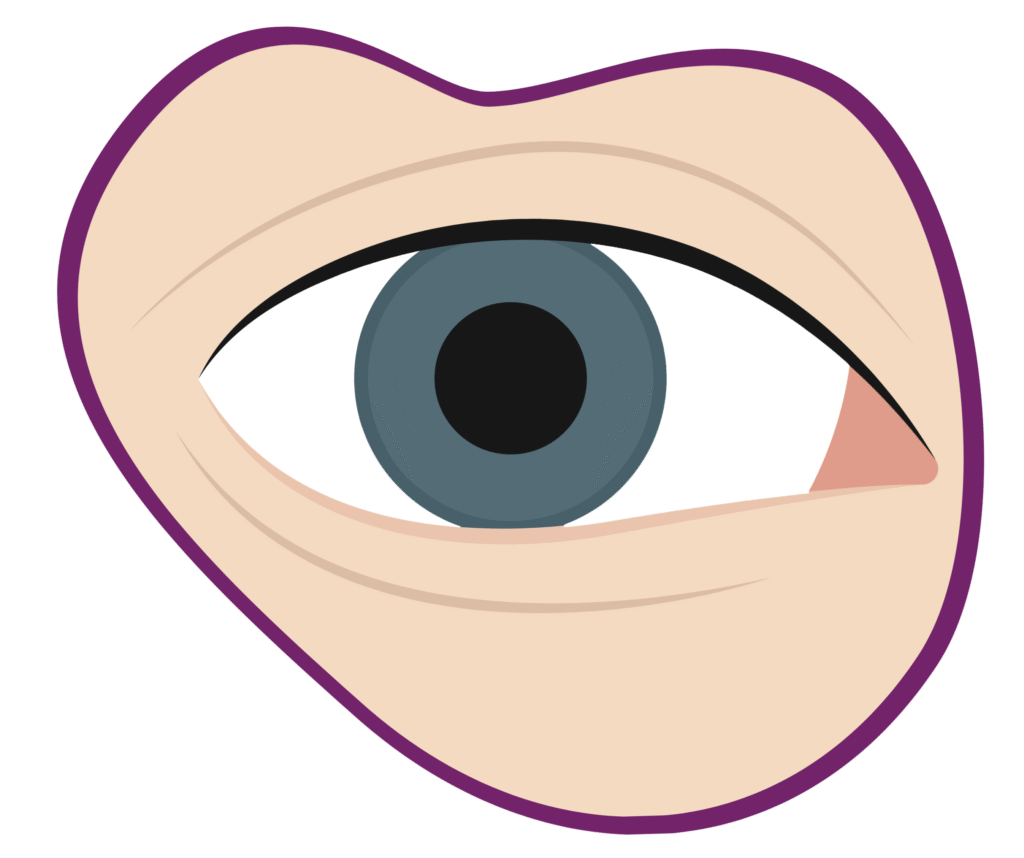
Uveal Melanoma
Uveal melanomas are the most common type of ocular melanoma.
These melanomas are more common in adults with light skin and light eye colour.
These cancers may not always cause symptoms or be seen, but can lead to changes in vision or be found during a routine eye exam.
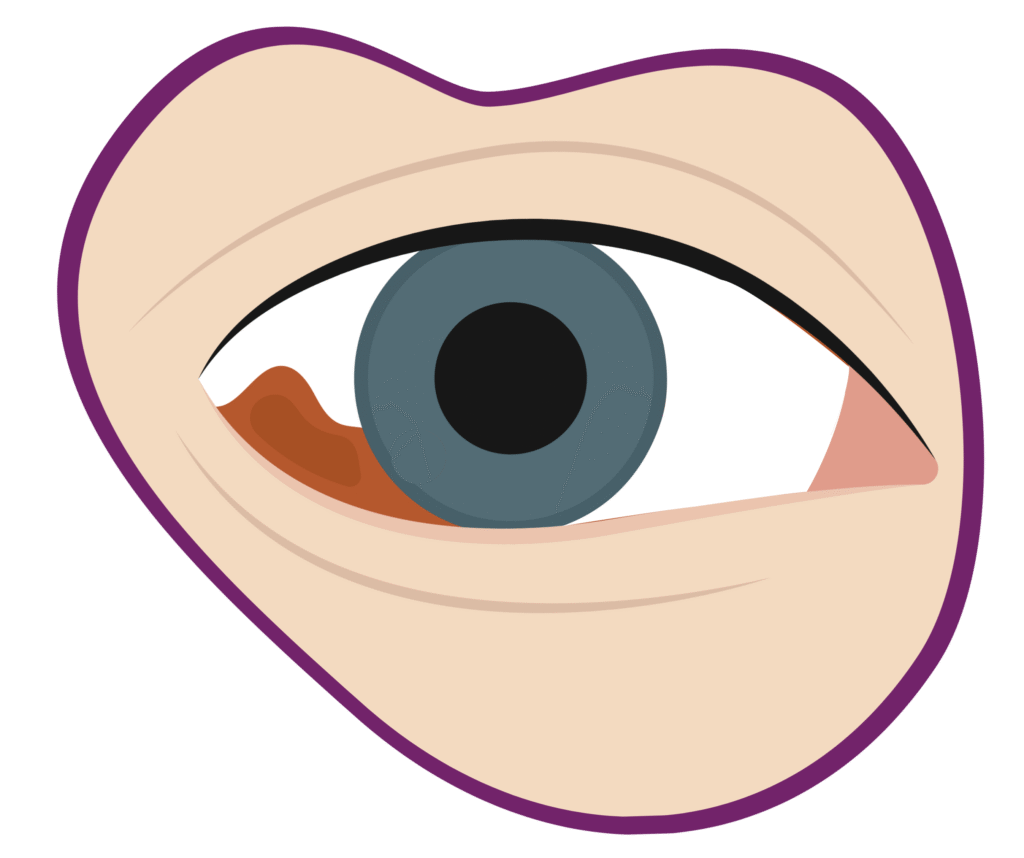
Conjunctival Melanoma
Conjunctival melanomas are less common ocular melanomas.
These melanomas often appear as a new or changing dark spot in the whites of the surface of the eye.
Living with ocular melanoma
A cancer diagnosis can affect your well-being. You may need time to adjust to the changes in your vision, side effects from treatment, or strong emotions. You might also find it difficult to cope with the changes in your life. This is normal.
Having emotional and practical support before, during, and after treatment is helpful. But you might not know where to find it. Outside of friends and family and your medical team, Ocular Melanoma UK has a variety of services to support you.
You may find our Finding Support page helpful. It provides a useful list of places where you can find support if you’re worried about symptoms, currently receiving treatment, or adjusting to life with ocular melanoma.
You might find our Health Information page helpful. It has a library of treatment resources, member stories, and a booklet written by our patient community.
We also have a helpline for any emotional or practical advice you may need.
Contact us for support
The Ocular Melanoma UK support line offers confidential support to people living with Ocular Melanoma and their loved ones.
Call us on 0300 790 0512
Lines are open Monday – Friday
Email us
Get in touch with us via the form linked in this button here




